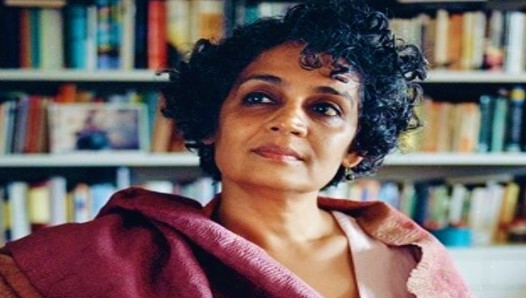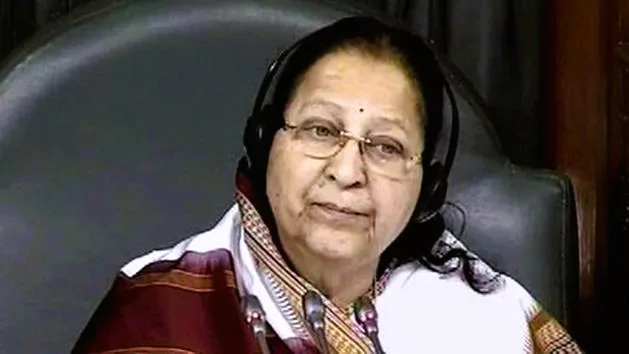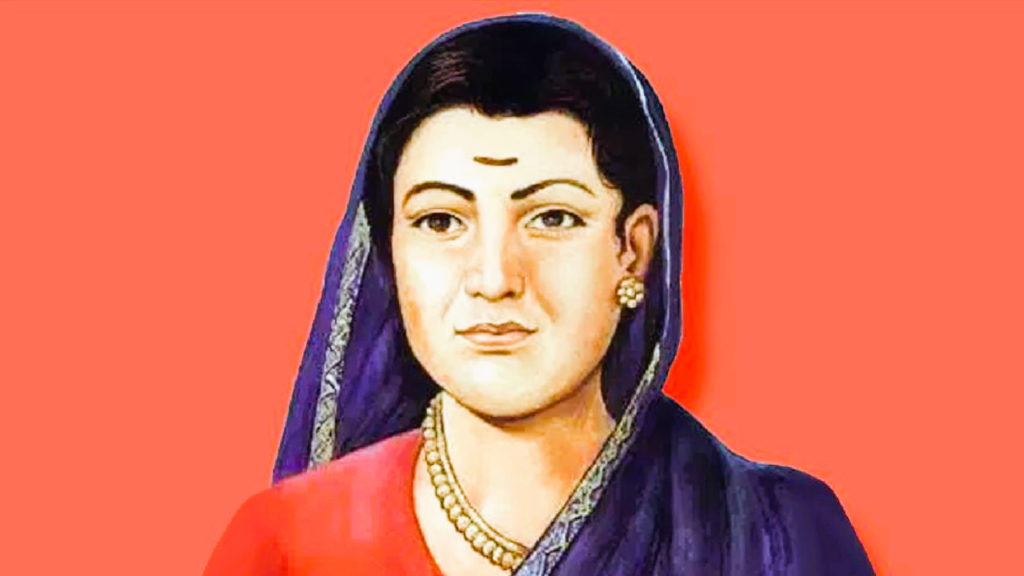Introduction
Biography Of Arundhati Roy
Arundhati Roy was brought into the world in 1960 in Kerala, India. She concentrated on engineering at the Delhi School of Engineering and filled in as a creation creator. She has composed two screenplays, including Electric Moon (1992), authorized by Station 4 TV. She lives in Delhi with her significant other, the producer Pradip Krishen.
The Lord of Little Things, her most memorable novel, won the Booker Prize for Fiction in 1997 and has sold more than 6,000,000 duplicates around the world. A prompt blockbuster, the novel was distributed at the same time in 16 dialects and 19 nations, yet caused contention in India for the portrayal of a relationship between a Syrian Christian and a Hindu ‘unapproachable’. Set in Ayemenem in Kerala, a rustic territory in southern India, it is the tale of two twins, Estha and Rahel, their gathering following 23 years separated and their common recollections of the occasions encompassing the coincidental demise of their English cousin, Sophie Mol, in 1969.
Arundhati Roy
She is likewise the writer of a few genuine books,including: The Typical cost for most everyday items (1999), a profoundly basic assault on the Indian government for its treatment of the questionable Narmada Valley dam project and for its atomic trying system; Power Governmental issues (2001), a book of expositions; and The Polynomial math of Limitless Equity, an assortment of news coverage.
The Common Individual’s Manual for Domain was distributed in 2004. She has since distributed a further assortment of expositions looking at the clouded side of a vote based system in contemporary India, Standing by listening to Grasshoppers: Field Notes on Majority rules government (2009).
Arundhati Roy was granted the Lannan Prize for Social Opportunity in 2003. Her most recent book is The Service of Most extreme Satisfaction (2017), her subsequent book. It was longlisted for the Man Booker Prize and, in the US, was a finalist for the Public Book Pundits Circle Grant.

Arundhati Roy: Works and Contributions
Arundhati Roy’s books incorporate, The Lord of Little Things (1997), The Cost for many everyday items: The More noteworthy Normal Great and the Finish of Creative mind (1999), Power Legislative issues (2001), The Polynomial math of Limitless Equity (2002), War Talk (2003), In Which Annie Gives It Those Ones (2003), Come September (2004), Public Power in the Time of Realm (2004),
A Customary Individual’s Manual for Domain (2006), 13 December: A Peruser, the Bizarre Instance of the Assault on the Indian Parliament (2006), Standing by listening to Grasshoppers: Field Notes on Vote based system (2009), State Of the Monster, The – Pb (2009), Word reference of Trade (2010), Broken Republic: Three Expositions (2011), Strolling with the Confidants (2011), Free enterprise: A Phantom Story (2014), The Service of Most extreme Satisfaction (2017). I will currently go into a portion of her most original works among them exhaustively.
The Lord of Little Things (1997)
The subject of the book rotates around the minimal characters who needed to bear the heaviness of abusive practices in the Ayemenem society. The original covers ideas of distance, position isolation, power clashes and woman’s rights. The book looks to wander into the position framework pervasive in south India, socialism in Kerala and the jobs played by Syrian Christians arranged there.
This work is many times concentrated on in the post-pilgrim perspective, dissect her points of view in attempting to feature the dehumanizing social restrictions and the battles went through by the underestimated ‘untouchables’ and ladies. The book works effectively at showing the battles looked by ladies in the making of their characters in a principally male overwhelmed society.
The book pushes the perusers to think, ponder the unfortunate and savage nature of customs and attitudes in the general public and figure out the requirement for social change. “
Roy is acutely cognizant of the double-dealing and mistreatment of the poor (counting ladies) by the high societies. The novel includes the poor took advantage of and socially dismissed individuals of the Kerala society. They are oddballs, out projects, assembly line laborers and low station individuals, Roy obviously calls attention to the deadly impacts of gigantic industrialization” (Krishnnaveni, 2014, p. 8).
The Cost for many everyday items: The More noteworthy Normal Great and the Finish of Creative mind (1999)
The Cost for most everyday items was her first true to life work through which Arundhati Roy uncovered the tyrant paternalism of the Indian state. The volume comprises of 2 expositions that comprise of the nation’s significant tasks like the bomb explosion and the dam and water system ones.
The main paper, ‘The More noteworthy Normal Great’, centers basically around the Narmada project and the likely flooding of the valley upon the structure of immense dams on the stream. In this article, she gets down on the Indian government and advances obstruction against the issue till a fair consequence is given.
The subsequent exposition, ‘The Finish of Creative mind’, covers the explosion of the atomic bomb, and through this article she looked to uncover the silliness and haughtiness of the state, and the situation of individuals managing the results of these activities. Through this article, she questions the public authority on why it would decide to test the bomb when greater part of the residents of India are living in destitution and battling to earn enough to get by.
War Talk (2003)
War Talk is an assortment of 6 short political papers that cover the issues of globalization and militarization. She discusses the impending danger of atomic conflict among India and Pakistan and how the defenseless residents are much of the time left to manage the adverse results of the pressures between the two states.
In every one of the 6 articles, Roy is exceptionally basic about the utilization of influence by the ones in control and the subsequent criticism of the people who set out to feature resistance against this inconsistent rule of influence, abundance and honor.
A Standard Individual’s Manual for Realm (2006)
Once more through this book, Arundhati Roy figured out how to feature the significance of opposition. It comprises of 14 very much built political articles through which Arundhati Roy expected to dismantle the ideas of state illegal intimidation, dominion, domain, globalization of the corporate, neoliberal private enterprise and mercilessness.
She gets going by shielding the Narmada Bachao Andolan and supported the Dalits and Adivasis who became casualties during the most common way of safeguarding their own territories from formative undertakings. She discusses how the massacre of individuals is endured under the misrepresentation of ‘patriotism’ or ‘opportunity’. She gets down
on the instances of Hiroshima and Nagasaki, the Vietnam promotion Korean Conflicts, the steady help for Israel causing significantly more ruin in Palestine and other such atrocities carried out by the US government. She keeps on featuring how the US has gotten the hang of nothing and gives no indications of regret after the happenings of the Vietnam War and keeps on taking part in these hurtful activities at the expense of millions of Iraqi lives
. Roy accepts that the ascent of corporate globalization can be frustrated if individuals overall decline to and acknowledge their thoughts, items, weapons and adaptations of history. Through this book, she made a praiseworthy showing in uncovering the public authority’s self-importance and its propensity to separation and take advantage of residents for the advantages of worldwide organizations and government interests alone.
Strolling with the Friends (2011)
Through ‘Strolling with the Friends’, Arundhati Roy cautiously shows the contentions between the Indian State and the Naxalites or Maoists. The Maoists are a progressive guerilla force whose fight ranges over land, privileges, power, environment, minerals and so on against the shady idea of the Indian government.
Through the ascent of enormous business in India, the state has savagely centered around the removal of ancestral individuals and the annihilation of the Naxalite uprising nearby, to permitting smooth mining processes.
The public authority even employed insiders among the ancestral individuals to squeal on the Maoists. Roy makes sense of how the Gandhian beliefs of peacefulness and satyagraha don’t work in circumstances like this.
In her view, the Activity Green Chase, the tactical mission against the Maoists is as a general rule a ploy to empower the obliteration of the lives and occupations of individuals that dwell there. While recognizing the fierce idea of the Maoists’ strategies, she additionally discusses how their opposition was the justification for why different mining cycles and dam developments were stopped, things that no peaceful development could accomplish.
The Service of Most extreme Bliss (2017)
The Service of Most extreme Joy is an Original that individuals anticipated for quite some time. A story comprises of two primary sides, the point of view of Anjum, a trans lady and her battles in Delhi and the other viewpoint is Tilo, an engineer (who very much like Arundhati Roy herself) transformed into a dissident.
This novel has the characters’ lives meet and remembers the different battles of the vagrants, Muslims, eccentric individuals, junkies and different casualties who succumb to the different nationalistic tasks that result.
Through Anjum’s story, this work carefully describes the predicament of transsexual people and the battle for acknowledgment even after the option to cast a ballot was laid out starting around 1994.
In the second segment of the book, is the existence of Tilo who was conceived an ‘ill-conceived’ offspring of a Syrian Christian lady and an Unapproachable man, the story then, at that point, advancing into her quaky love life and how it prompts Anjum’s and Tilo’s lives crossing.
Anjum’s partitioned relationship with her character and Tilo’s convoluted heartfelt life portrayal could tolerate representing the different divisions and clashes over religion and shared accounts.
Carrier
Awards Honor Achievements
1989: Public Film Grant for Best Screenplay for the screenplay of “In Which Annie Gives It Those Ones.
• 1997: Booker Prize for her original The Lord of Little Things.
• 2002: The Lannan Establishment’s Social Opportunity Grant for her work about common social orders.
• 2003: Granted “unique acknowledgment” as a Lady of Harmony at the Worldwide Trade Common liberties Grants in San Francisco.
• 2004: The Sydney Harmony Prize for her work in friendly missions and her promotion of peacefulness.
• 2006: The Sahitya Akademi Grant by the Public authority of India for her assortment of expositions on contemporary issues, “The Variable based math of Endless Equity,” however she declined to acknowledge it.
• 2011: Granted the Norman Mailer Prize for Recognized Composition.
•2014: Highlighted in the rundown of Time 100, the 100 most persuasive individuals on the planet.




